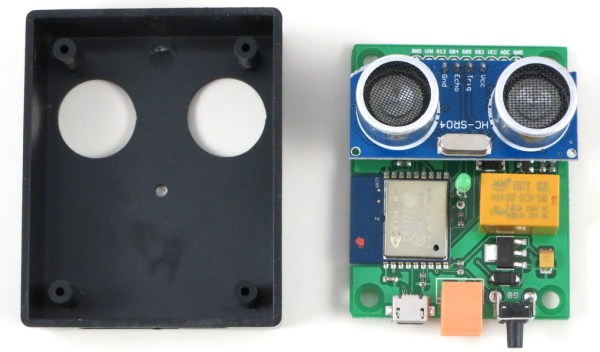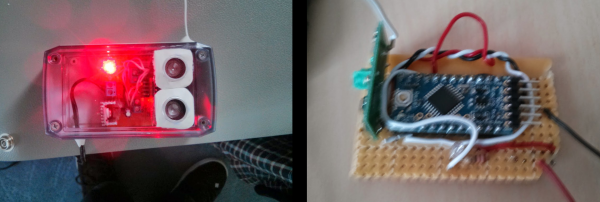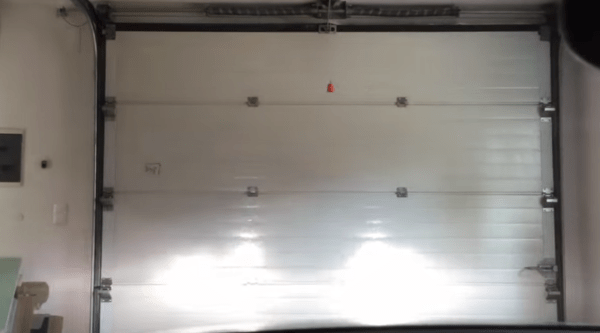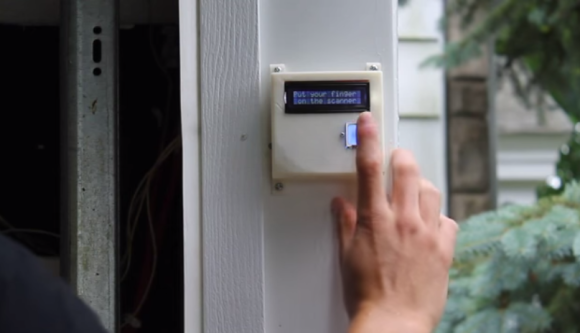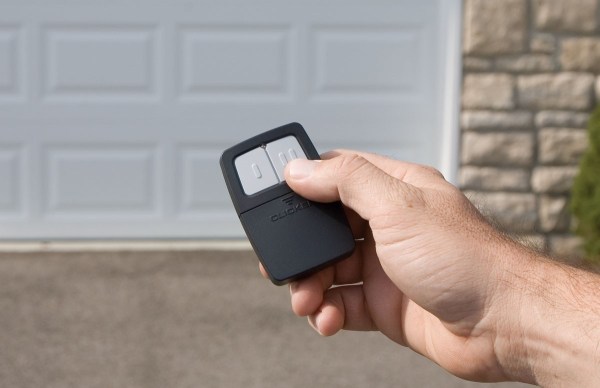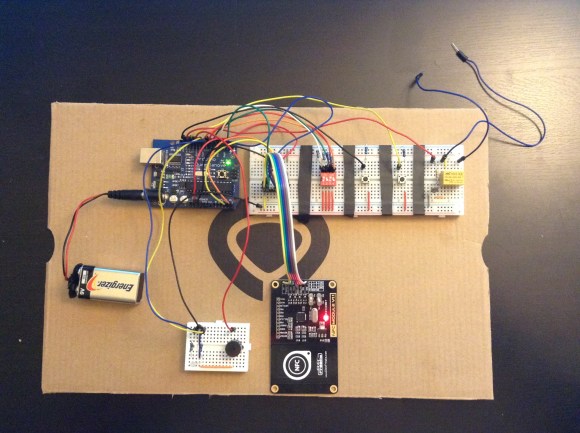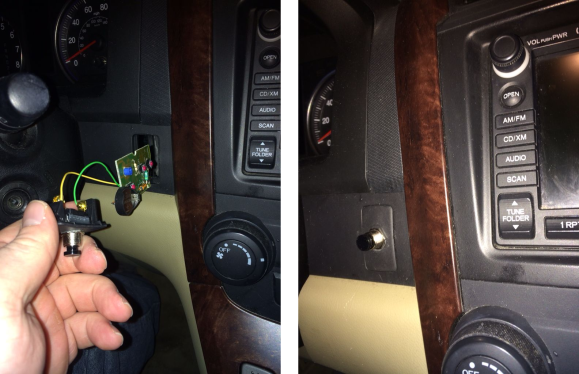It seems like every few months we cover another garage door opener, and the concept is quickly becoming the “Hello World” of DIY home automation. In this installment, reader [ray] made his own garage door opener and chose the ESP8266 as the wireless interface of choice, but spiced the application up with an ultrasonic sensor that detects whether the car is in the garage and a web app that shows history, plus integration with Blynk for remote access. For posterity, he made the project open source as well.
The video is well produced with lots of details and instructions, and the circuit board and assembly are refined and clean. It may be a “Hello World”, but it’s done right.
Some of the other garage door hacks we’ve covered in the last year include the fingerprint scanner opener, the IM-ME opener, the motion-based security opener, the cat-enabled opener, the OpenCV Pi opener, and a Bluetooth Low Energy opener.

